Spicy Showdown: The Ultimate Spiciest Pepper Chart for Heat Lovers
Table of Contents
Introduction to the Spiciest Pepper Chart
If you're a spice enthusiast or a professional in the culinary world, you've probably heard of the term 'spiciest pepper chart.' This chart is more than just a list of peppers—it's a guide to the most intense heat experiences you can find. Whether you're trying to impress your friends with a fire-breathing chili or simply looking to understand the scale of spiciness, this article is your go-to resource.
From the fiery Bhut Jolokia to the mind-blowing Dragon’s Breath, these peppers have been bred or discovered to pack an incredible punch. But how do you know which one is the hottest? That's where the spiciest pepper chart comes in handy.
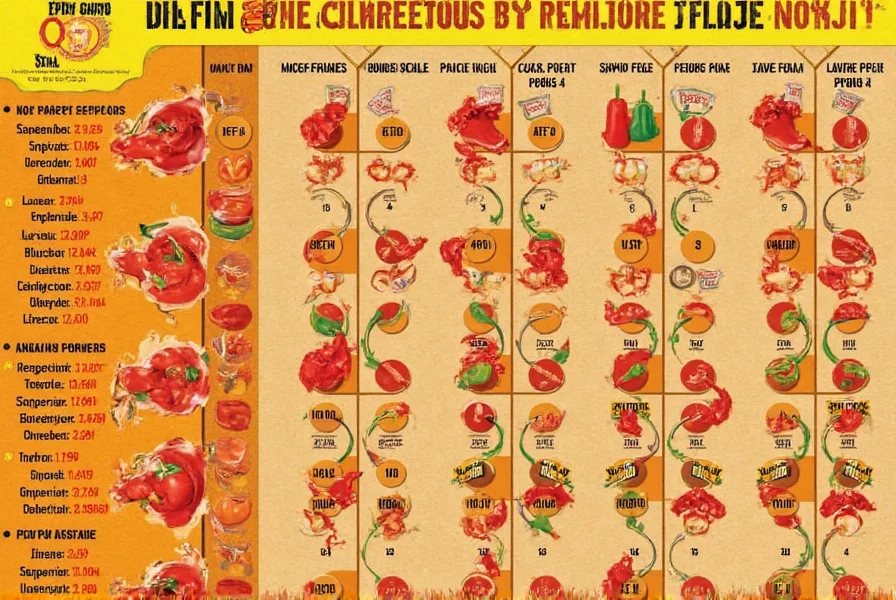
Understanding the Scoville Scale
The Scoville scale, developed by Wilbur Scoville in 1912, is the standard measure of a pepper's heat level. It measures the concentration of capsaicin, the compound responsible for the spicy sensation. The higher the Scoville units (SHU), the hotter the pepper.
But here's the catch: the Scoville scale isn't always precise. Some peppers are measured using high-performance liquid chromatography (HPLC), which gives a more accurate reading. Still, it's the best tool we have for comparing the heat levels of different peppers.
For example, a jalapeño typically ranges between 2,500–8,000 SHU, while the Carolina Reaper clocks in at over 1.5 million SHU—making it one of the hottest peppers on the planet.
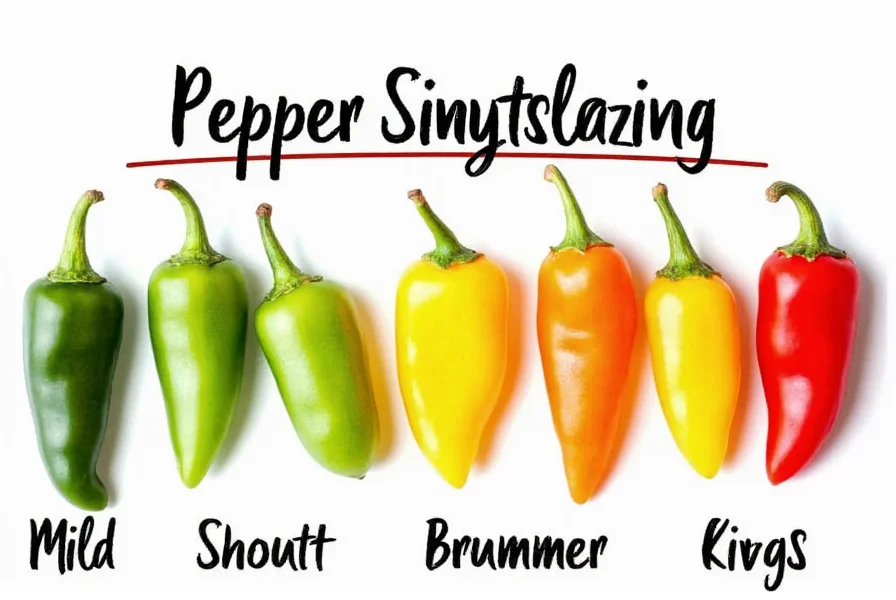
The Top 10 Spiciest Peppers in the World
Now that you understand the basics of the Scoville scale, let's dive into the spiciest peppers in the world. This list includes the ones that have made headlines and even broken records. Here’s our ultimate spiciest pepper chart:
- Dragon’s Breath Pepper – 2.48 million SHU
- Carolina Reaper – 1.57 million SHU
- Naga Viper – 1.38 million SHU
- Bhut Jolokia – 1.04 million SHU
- Ghost Pepper – 1 million SHU
- Dorset Naga – 900,000 SHU
- Trinidad Moruga Scorpion – 1.2 million SHU
- Tamalli Red – 850,000 SHU
- Puerto Rican Diablo – 750,000 SHU
- Tabasco Pepper – 30,000–50,000 SHU
As you can see, some of these peppers are not only hot but also incredibly rare. The Dragon’s Breath, for instance, was once considered the hottest in the world until the Carolina Reaper took the crown.
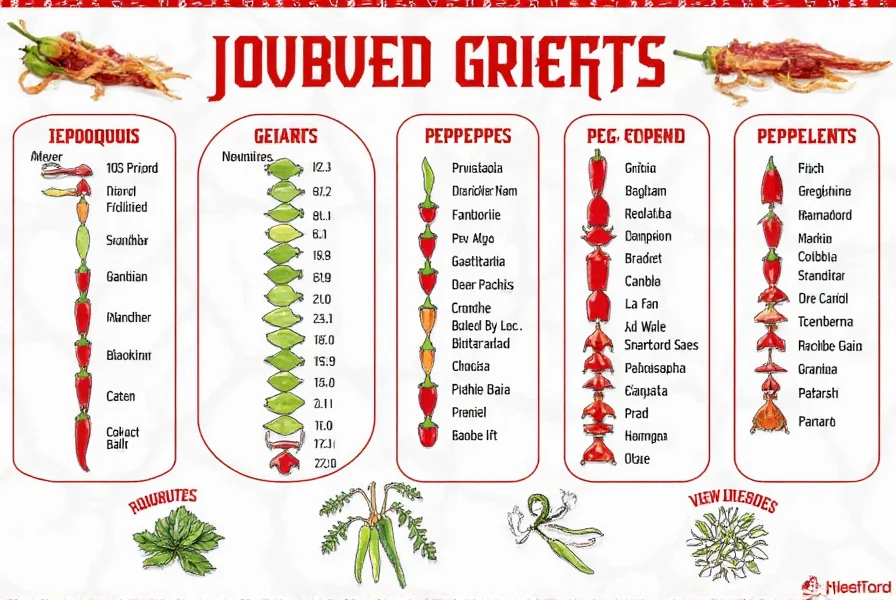
Buying Guide: How to Choose the Right Pepper
If you're planning to try some of the spiciest peppers, it's important to know what to look for when buying them. Here's a detailed guide to help you make the right choice:
- Features: Look for fresh, firm peppers with no signs of mold or decay. If you're buying dried peppers, check for a deep color and strong aroma.
- Advantages: Fresh peppers offer more flavor, while dried peppers are great for grinding into spices or making sauces. Some peppers are also available as seeds if you want to grow your own.
- Use Cases: Use super-spicy peppers in small amounts to add heat to dishes. They’re perfect for hot sauces, chili powders, and spicy marinades.
- Target Audience: This guide is ideal for home cooks, food enthusiasts, and professionals who want to experiment with extreme heat.
- Suitable Occasions: Try these peppers during themed cooking events, chili cook-offs, or if you're up for a real challenge.
When purchasing from stores or online, be sure to read reviews and check the Scoville rating. Some peppers might be labeled differently depending on the region, so it's always good to verify the actual heat level.
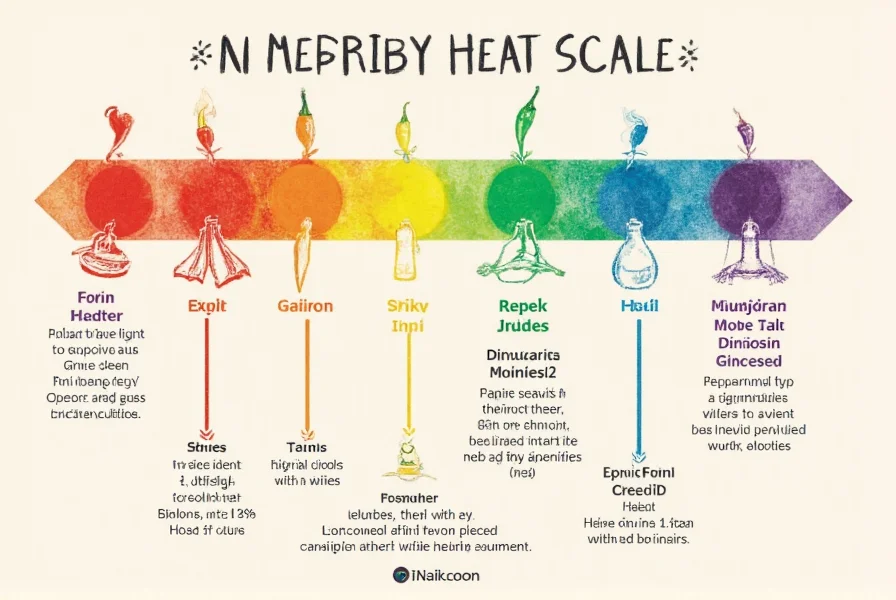
Cooking Tips for Handling Super Spicy Peppers
Handling the spiciest peppers requires care and preparation. Even a small amount can cause serious irritation. Here are some essential tips to keep in mind:
- Wear gloves when cutting or handling these peppers to avoid skin irritation.
- Avoid touching your face or eyes after handling spicy peppers.
- Use a sharp knife to minimize the release of capsaicin oil.
- Cook with caution—even the smallest amount of heat can intensify when cooked.
- Have milk or yogurt nearby to soothe the burn if needed.
Remember, the goal is to enjoy the heat without suffering. Start with small amounts and gradually build up your tolerance. And if you're feeling adventurous, consider trying a pepper like the Ghost Pepper or Trinidad Moruga Scorpion.
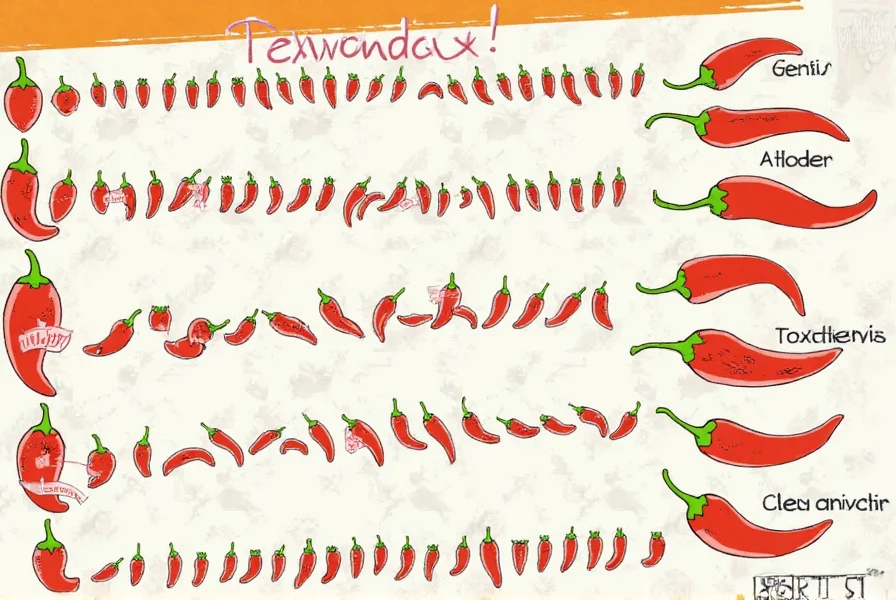
Conclusion: Embrace the Heat
The spiciest pepper chart is more than just a list—it's a celebration of the fiery side of nature. Whether you're a seasoned spice lover or just starting out, there's something for everyone in this world of heat.
So, take a look at the spiciest pepper chart, choose your favorite, and prepare to feel the burn. Just remember to handle it with care and respect the power of these incredible plants.
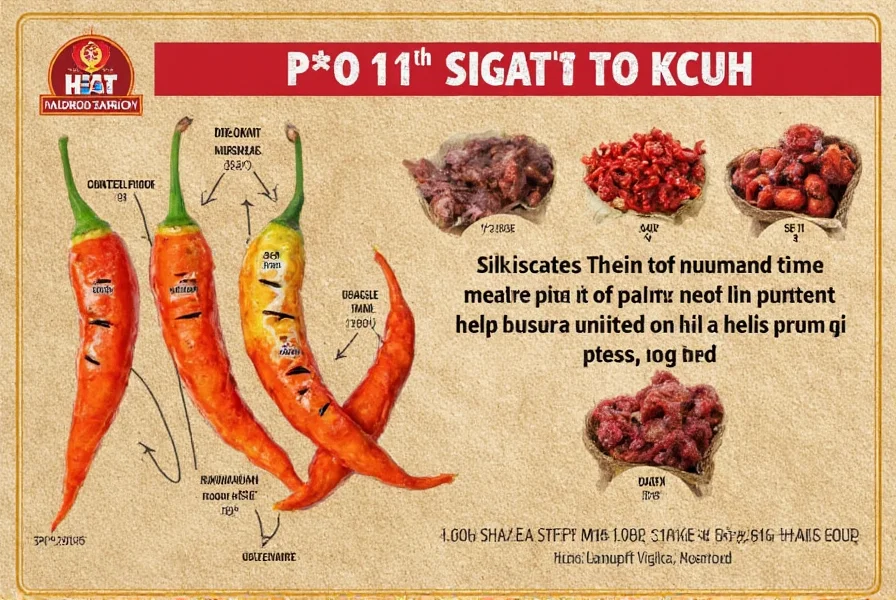










 浙公网安备
33010002000092号
浙公网安备
33010002000092号 浙B2-20120091-4
浙B2-20120091-4